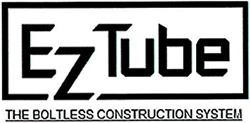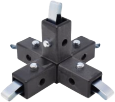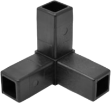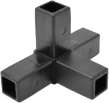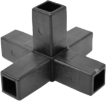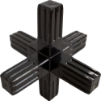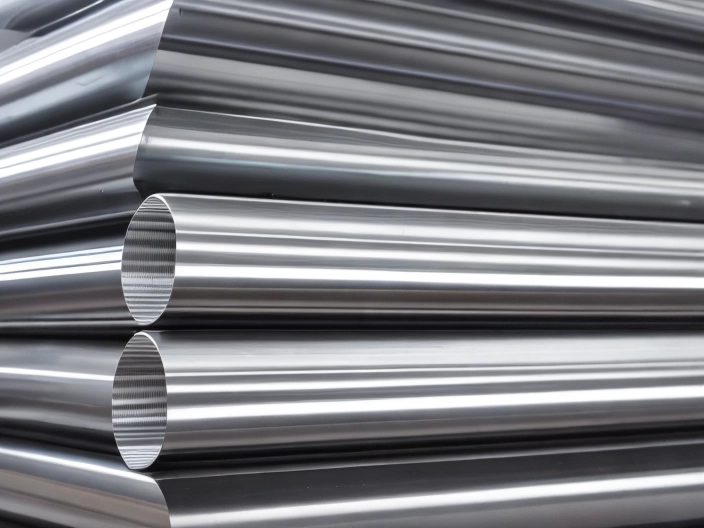The extrusion process is a fundamental manufacturing technique used to create a wide range of products, including aluminum tubes.
This process involves forcing a material, typically a metal or polymer, through a shaped die to produce a continuous profile of the desired cross-section.
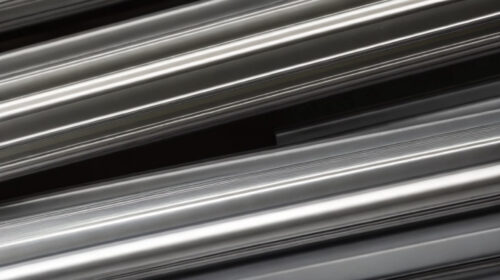
Aerospace-grade 6063 extruded aluminum exclusively used by EZTube
Understanding the Process of Extruding Aluminum Tubes
Aluminum extrusion is a versatile and efficient method for shaping aluminum alloys into complex profiles with consistent dimensions and mechanical properties. The process begins with the selection of a suitable aluminum alloy, chosen based on factors such as strength, corrosion resistance, and machinability. The chosen alloy is then heated to a specific temperature range to soften it for extrusion.
The Extrusion Process:
- Billet Preparation: The first step in aluminum extrusion involves preparing the raw material, known as a billet. Billets are typically cylindrical in shape and are cut to the desired length based on the dimensions of the final product. The billets are often pre-heated to facilitate plastic deformation during the extrusion process.
- Heating: The billets are heated in a furnace to a temperature that allows for plastic deformation without causing excessive strain hardening or material degradation. The heating process also helps to reduce the force required for extrusion and ensures uniformity in material properties throughout the billet.
- Extrusion: Once heated to the appropriate temperature, the billet is loaded into the extrusion press. The press consists of a chamber with a stationary die at one end and a movable ram at the other. The heated billet is positioned in front of the die, and hydraulic pressure is applied to the ram, forcing the softened aluminum through the die opening.
- Die Design: The die plays a critical role in determining the shape and dimensions of the extruded aluminum profile. Dies are precision-engineered with intricate cavities and channels that impart the desired cross-sectional geometry to the extruded product. Die design factors such as temperature, pressure, and lubrication are carefully controlled to ensure smooth extrusion and minimize defects.
- Cooling and Quenching: As the aluminum passes through the die, it undergoes rapid cooling and solidification, forming a continuous profile with the desired shape. Depending on the specific requirements of the application, the extruded profiles may be subjected to additional cooling or quenching processes to further enhance their mechanical properties or achieve specific metallurgical characteristics.
- Cutting and Finishing: Once extruded, the aluminum profiles are cut to the desired lengths using saws or shears. Additional finishing processes such as deburring, surface treatment, and precision machining may be employed to achieve the desired surface finish, dimensional accuracy, and mechanical properties.
Factors Influencing Aluminum Extrusion:
- Alloy Selection: The choice of aluminum alloy dictates the mechanical properties, formability, and extrudability of the final product.
- Billet Temperature: Proper heating of the billet is essential to facilitate plastic deformation and ensure uniform flow of the material during extrusion.
- Die Design and Maintenance: Well-designed dies with proper lubrication and maintenance are crucial for achieving precise shapes and dimensions and minimizing defects.
- Extrusion Speed and Pressure: Control of extrusion speed and pressure is essential for achieving uniform material flow and minimizing internal stresses in the extruded product.
Aluminum extruding is a sophisticated manufacturing process that enables the production of complex profiles with high precision and efficiency.
By understanding the steps involved in aluminum tube extrusion and the factors that influence the process, manufacturers can optimize production parameters to achieve desired quality, performance, and cost-effectiveness in their extruded aluminum products.
